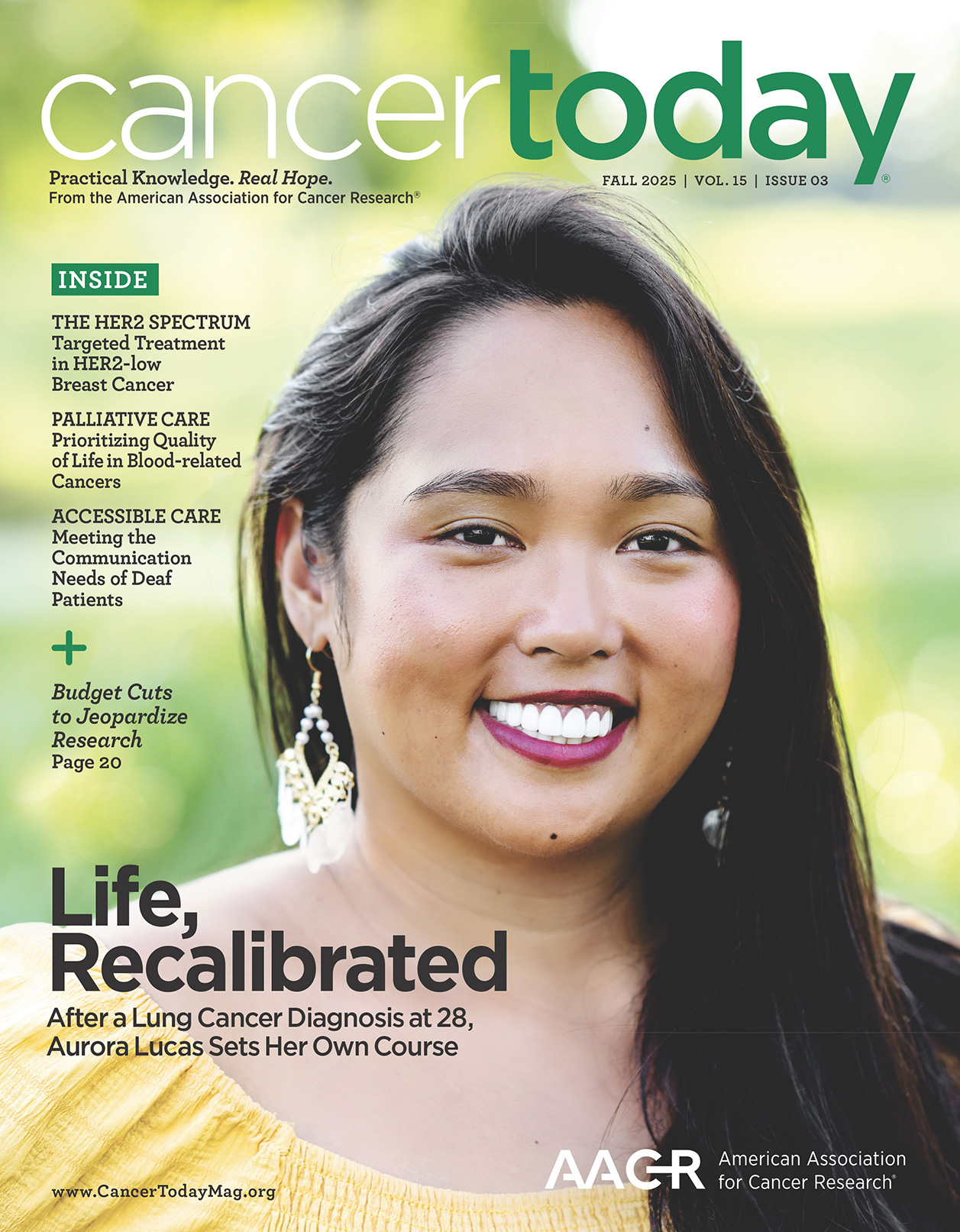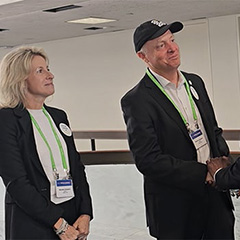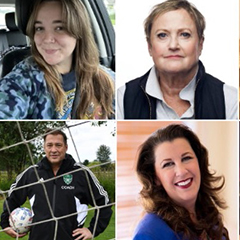In 2014, Katy Bade’s husband, Craig, was diagnosed with glioblastoma, a form of brain cancer. The couple sought treatment for Craig at the University of Texas M.D. Anderson Cancer Center in Houston, more than 900 miles from their home in Louisville, Kentucky.
Give Patients a Place to Stay
Not everyone can open their home to patients, but if you have space and are willing to offer it, there may be a local organization that can assist you. Examples include:
Boston-based Hospitality Homes.
Hosts for Hospitals in the Philadelphia area.
Hospitality Homes of Cleveland.
When Bade searched for a place for them to stay, however, there were few vacancies. Their first visit to M.D. Anderson coincided with the Houston Livestock Show and Rodeo, a three-week event that attracts millions.
The Bades turned to Joe’s House, a nonprofit started by their friend Ann W. Calahan to help cancer patients and people with other conditions find places to stay when they’re being treated away from home. Joe’s House, founded in 2003, was named for Calahan’s husband Joe Warnecke, who died in 1997 of liposarcoma, a soft-tissue cancer. Joe’s House isn’t an actual dwelling. It’s an online listing of more than 1,900 lodging options in 152 cities across the country. The choices range from charitable organizations that assist cancer survivors and their families to hotels that offer discounts to people traveling for treatment.
Calahan, who worked in the travel industry, found places to stay for herself in the Houston area while Joe was being treated at M.D. Anderson, and for family members visiting the couple’s home city, New York, while Joe was being treated at Memorial Sloan Kettering Cancer Center. For Calahan, finding lodging was second nature. “But for most people, they can’t figure it out,” she says. “It’s a new town, and they have a million other things to worry about.”
Joe’s House helped the Bades find accommodations throughout Houston as Craig, who died in 2016, underwent treatment. Whenever Bade mentioned the name Joe’s House as she made a reservation, “people were exceptionally nice and helpful,” she recalls. “Joe’s House has done the work so you can focus on climbing that cancer mountain.”




